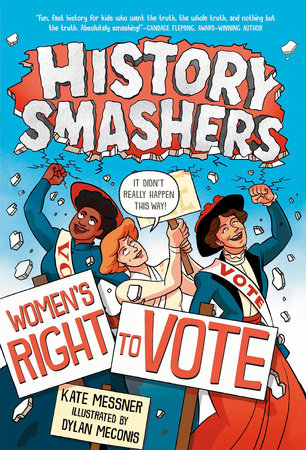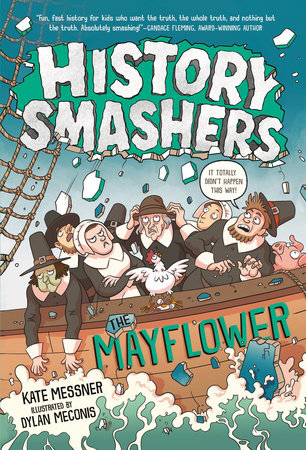The creative mind is a wonderful and mysterious thing.
Serendipity. Déjà vu. That sweet feeling when one thing enters the equation and the answer snaps into place like pieces of a puzzle. The workings of the human brain are sublime. Humans have worked for centuries to define the nuts and bolts of how our brains work. The neurotransmitters, the ion gradients, the neurons, the processing centers, and the communication patterns are biologically understood. Understanding creativity, however, is a whole other thing. We can record Peter Brown’s brain activity but we fall short trying to understand exactly how his brain can take a shipwrecked cargo of robots, a remote island, and wild animals and then create the world of The Wild Robot.
A wonderful and mysterious thing, right?
What makes the creative mind tick? That’s a question I’m constantly investigating. From voice to style to structure to wild, unadulterated imagination, the facets of a creative mind are the gears that drive the bus to its destination. I find this creative engine that floats inside our skulls amazing and worthy of study. What makes 1000 writers come up with 1000 unique stories even after being given a fairly strict and narrow writing prompt?
I want to know!
Several months ago, while driving home from work, a memory of author/illustrator Bill Peet’s autobiography popped into my head. I remember reading it in the early 1990s after checking it out from the public library. I always liked Bill Peet’s illustration work so I enjoyed his illustrated autobiography immensely. That said, I hadn’t thought of the book in well over 20 years. The memory just popped out of nowhere and I made a mental note to see if the library still had a copy in circulation.
I made no mention of this to anyone and soon forgot to investigate further.
The weird, wild, and serendipitous part of the story is that last week, my wife came home with a certain author/illustrator’s autobiography she pulled out of the culled pile of books from the library at the elementary school she teaches at. As if it appeared from thin air, I stood, open-jawed, holding a copy of, Bill Peet: An Autobiography.
It is as good as I remembered. However, I’m still perplexed at the pure, blind fortune that resulted in the book resting on my shelf. Was my mind sending electromagnetic energy into the universe about Bill Peet’s autobiography? Was this simple luck and the coming together of unrelated events? The answer may never be known; at least not to my feeble brain.
The creative mind yearns to understand.
I’ve always had this blessing (or curse) to understand how things work. I’ve dissected everything from lampreys to cow eyes to dogfish sharks to learn anatomy and how it relates to function. I’ve set up elaborate experiments in attempts to figure out how infectious diseases work and how the host fights them. I’ve taken apart old furniture, radios, televisions, and computers in an attempt to understand their workings. The problem in my case is I’m not so good at putting these things back together properly. 🙂
Perhaps this is why I became a scientist and why I enjoy writing and studying the processes of how stories are built. Yes, part of being a writer is to understand how to build a story and then how to best build your stories. It’s akin to studying how Seurat, Van Gogh, or Kadir Nelson create their art masterpieces.
In short, in order to build a house, you first have to know what a house is and understand what the important bits are.
The creative mind is curious.
Confession time…
I like writing craft books. I own too many. I probably spend too much time reading and re-reading them instead of actually writing. I know many of you can relate. Writers also learn to read with a purpose. Reading a book with an eye on the author’s craft involved in creating the work. Reading to find out what made that story, that book, that graphic image effective. Kidlit-ology!
There’s also an often untapped resource out there to help understand what makes authors tick.
The kidlit creator autobiography.
As I hinted at above with my love of the Bill Peet book, I enjoy autobiographies. I really enjoy author autobiographies. They are often different from true biographies because they’re told through the lens of the person and not from a third party. The autobiography is told through a completely different filter. Author autobiographies are like taking mom’s sewing machine apart to see its workings; they are a peek into what made them the writer they grew up to be.
After an “extensive” internet search, which, in my case, is typing “children’s authors’ autobiographies in the search box, I unearthed an interesting list of kidlit author autobiographies. Some I own, some I’ve read, and many are new to me but are now on the TBR list.
On My Shelf List
- Bill Peet: An Autobiography by Bill Peet
- Boy: Tales of Childhood & Going Solo by Roald Dahl
- When Stars Are Scattered by Victoria Jamieson and Omar Mohamed
- Writing Radar: Using Your Journal to Snoop Out and Craft Great Stories by Jack Gantos

Ones I’ve Read List
- El Deafo by Cece Bell
- Brown Girl Dreaming by Jacqueline Woodson
- Becoming Kareem: Growing Up On and Off the Court by Kareem Abdul-Jabbar
- Dead End in Norvelt by Jack Gantos (Not exactly 100% reality but as the description says, “Melding the entirely true and the wildly fictional…”)




The TBR List
- Knots In My Yo-Yo String by Jerry Spinelli
- 26 Fairmount Avenue by Tommie DePaola
- A Girl From Yamhill by Beverly Cleary
- Gone To The Woods: Surviving A Lost Childhood by Gary Paulsen
- Smile by Raina Telgemeier
- Knucklehead: Tall Tales and Almost True Stories of Growing Up by Jon Scieszka
- The Abracadabra Kid: A Writer’s Life by Sid Fleischman
- It Came From Ohio!: My Life As A Writer by R.L. Stine








Have you read any of the books on the list?
Do you have other kidlit author autobiographies to share? I’m particularly interested in reading and studying more autobiographies from diverse creators, especially Native and Indigenous creators. If anyone knows of any, please share these books in the comments. I’d be very interested in adding them to the TBR list!
Learning and growing. That’s what a writer does. Writing is a constant, ever-shifting process. Each piece is different in its own, unique way while carrying a core consistency that’s coined as “voice”.
The mind is indeed a weird and wonderful thing. A writer’s mind is doubly so. A middle-grade writer may triple or quadruple that!
Have a creative spring and then carry it over into summer. Take inspiration and knowledge from those who came before us. Be a source of inspiration and knowledge to those who will come behind us.
Learn and grow. Every day.
You got this, friends.
Read. Write. Repeat.

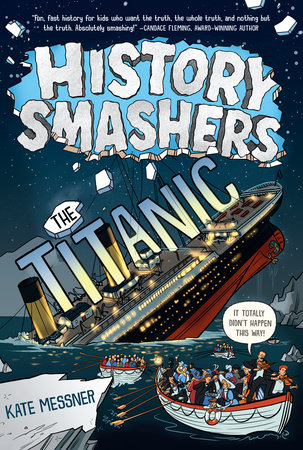
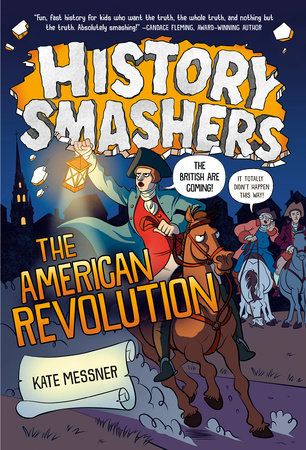
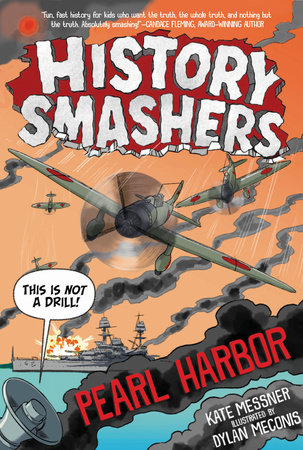 .
. 